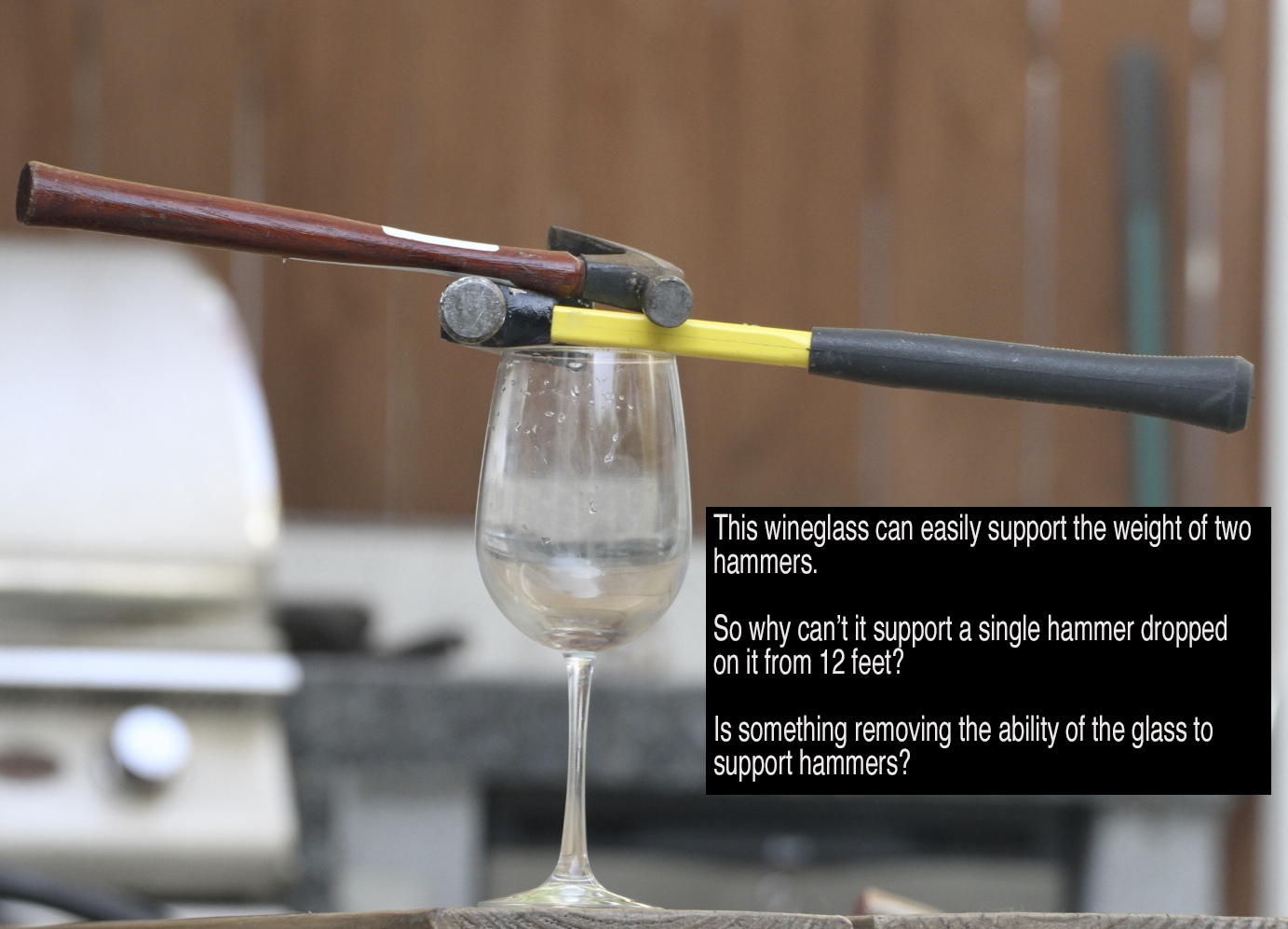Nobody is doing that. I interpret what I see differently - in the light of some related experience.
Who is doing that? Apart from you?
If you want to buy a bridge I'm sure you'll find someone to sell it to you.
Why does he have to be lying? He could simply be mistaken. Talking about melting steel using aviation fuel, for instance, is not reasonable in the light of the knowledge that the buildings would have failed long before that. Also talking about cut ends, when straight (uncut) ends resulted from snapped fixings.
By using their ears. By watching the buildings progressively sagging before their failures.
The strongest part of the building was at its base. It didn't fail there. In fact the base was almost the last to fail.
An intense fire burnt
around them for an hour before the central columns failed. They failed when they were forced to receive the load released by the failing exterior columns.
Well, no. A building is a collection of such bodies which becomes a mechanism when it collapses.
Not in the case of buckling collapse there isn't. (Read it up). All the buildings buckled.
You see the top disappearing
behind, not
into, dust.
On the contrary. Buckling initiates itself very smoothly indeed. You will never see a jolt.
Another important point about buckling is that it involves an initial sideways motion which
ensures misalignment. This misalignment
destroys every relevant truther argument ever made by Szamboti
et al.
All your assertions have been a step too far, because your understanding of what you saw is limited.
A steel construction may be strong enough to hold itself up, yet be too unstable to remain there. The statement you disagree with so emphatically is absolutely true.
The argument made is completely circular one. If you use ENERGY terms you can get somewhere:
- The energy released during the collapse process was a proportion of the potential energy of the building, which was created while lifting the material to its final position above ground zero.
- As the buildings fell at 2/3G then 1/3 of the PE (equivalent to 32 tons of TNT) became available to pulverize concrete, and grind, tear, and bend steel.
- Most of the remainder of that energy (the other 2/3) ended up as heat at ground zero. This was an amount capable of raising hundreds of tons of steel to melt temperature.


